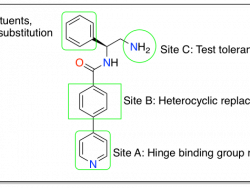Optimising transfection of the C2C12 myoblast cell line
Within a month (hopefully) I’ll be convincing C2C12 myoblast cells to express all kinds of mutant ALK2 to test its activity and interactions with other proteins within the cell. I’ll be doing this by treating them so that they’ll take up pieces of circular DNA (plasmids) that express those mutant proteins (i.e. transfecting them). Seeing Read More …

